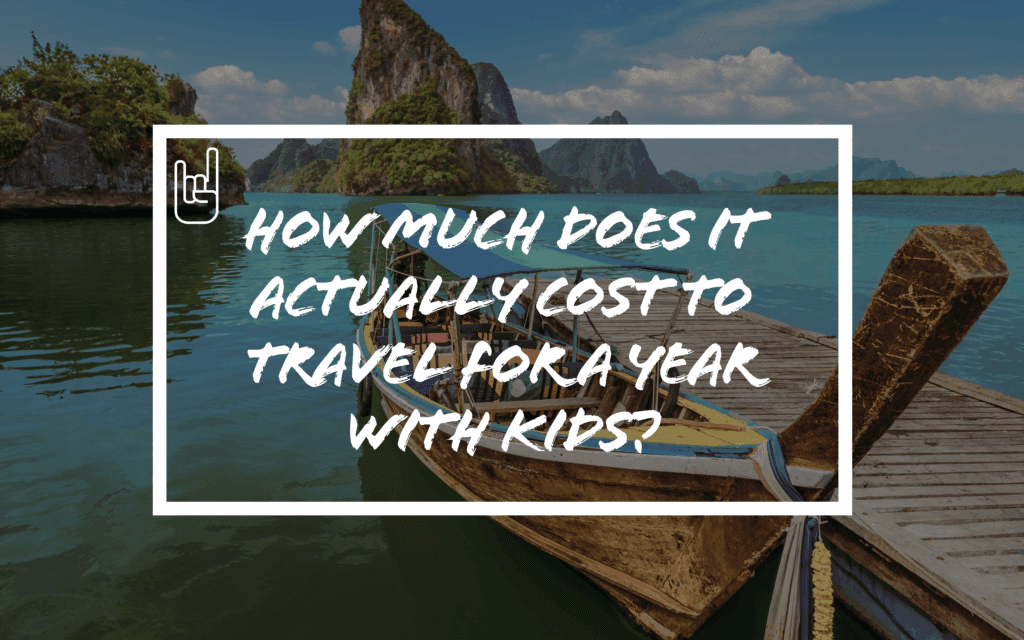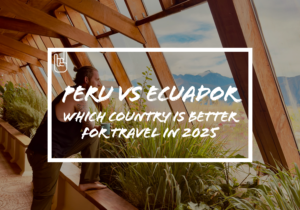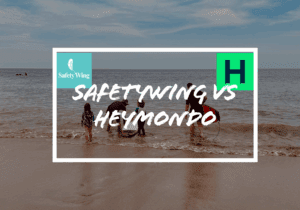How Much Does It Actually Cost to Travel for a Year With Kids?
Real numbers, family-tested advice, and what we’ve learned while planning our own adventure
Real Talk About Long-Term Travel Budgets
So, how much do you really need to travel the world with your family for a year?
Spoiler: it depends but it’s probably less than you think.
We’re a regular family of four prepping for long-term travel through South America. And the first question we get (right after “what about school?”) is always the same:
“How much are you spending?”
This post breaks down the big categories, housing, food, transport, healthcare, and those sneaky extras plus the biggest lessons we’ve learned from building our year-long travel budget from scratch.
If you’re dreaming about taking your family on the road but have no clue where to start financially, this is for you.
We believe family travel content should be honest and accessible. If you do too, you can support it here
What Impacts the Cost of Full-Time Family Travel?
There’s no one-size-fits-all number but there are a few key things that will shape your budget:
Your travel style — Slow travel is way cheaper than fast-paced, flight-heavy itineraries.
How many kids you have — Bigger families = more food, tickets, space.
Where you go — Peru and Portugal? Totally different cost brackets.
Accommodation choices — Airbnb, housesits, hostels, long-term rentals, or hotels.
How often you move — Staying put longer usually unlocks better rates and reduces burnout (bonus).
In short? You have more control than you might think and your choices can stretch or shrink your budget massively.
Our Estimated Monthly Travel Budget (By Category)
We’re still in the final stages of planning, but here’s what we’ve mapped out so far, based on research, trial runs, and lots of spreadsheet tweaking.
Category
| Estimated Monthly | Notes |
|---|---|---|
| Accom | $1,200–1,800 | Airbnb, housesitting, long stays = biggest cost but biggest flexibility |
| Food | $600–900 | Mostly cooking, occasional meals out, flexible based on region |
| Transport | $300–500 | Local transport, buses, occasional flights or rental cars |
| Health Insurance | $150–300 | SafetyWing, Genki, or similar nomad family plans |
| Activities | $200–400 | Museums, day trips, tours, kid-friendly extras |
| Misc/Buffer | $200 | SIM cards, laundry, lost chargers, unexpected needs |
You can find our full breakdown and updated numbers in our complete budgeting guide here.
Ways Families Save While Traveling Full-Time
The best part of full-time travel?
It doesn’t always require more money, just a different way of spending it.
Here’s how families (ours included) save:
Slow travel = fewer moves = lower rent + transport
Cooking most meals vs. eating out every day
Skipping tourist traps and opting for local, meaningful experiences
Travel rewards points — flights, hotels, or gear covered with the right card setup
Picking high-value regions like South America, Southeast Asia, and parts of Eastern Europe
A full year of travel can cost less than staying home, especially when you factor in what you’re no longer paying for.
What We’re Not Spending On Anymore
It’s not just about what you budget for. It’s also about what disappears from your monthly expenses when your life shifts.
Here’s what we’re cutting out:
Rent or mortgage (Renting will take care off this for us)
Commutes, petrol, and transit passes
Kids’ extracurriculars or school fees
Target runs, impulse Amazon buys, late-night takeout
The general “we’re too busy to think so let’s just spend” chaos
In a lot of ways, this lifestyle replaces fast living with intentional spending. And that’s where the real value lives.
Want to Map Out Your Own Travel Budget?
We created a super simple worksheet that mirrors our process, with space to adjust for your own style, pace, and plans.
👉 Drop your email below and we’ll send you the Family Travel Budget Planner.
Final Thoughts
You don’t need a trust fund, a winning lottery ticket, or even a perfectly predictable plan to travel the world with your kids.
You just need a realistic view of your costs and the willingness to adjust along the way.
We’re not claiming it’s always easy. But it’s a lot more possible than most people think.
And if you’re serious about taking your family on the road?
Start with the numbers. The dream gets a lot closer when you see it on paper.






